قرطاج

Ancient seat of Hannibal and the Carthaginian empire

Today a pretty and affluent suburb of modern Tunis, the outward appearance of Carthage belies its turbulent past and times when the conquest of ancient Rome was in its sights. It was founded in 814 BC by Dido and her fellow Phoenicians from Tyre in modern-day Lebanon, and at one point had an empire spanning much of North Africa, Spain and into Italy. But the Romans had other ideas, burning the city to the ground and enslaving the populace, back in 146 BC. A peace treaty was eventually signed between the two cities, but not until more than two thousand years later, in 1985!
Carthage is easily reached from Tunis, so I headed there for my last night in Tunisia, staying at a small hotel in an old vaulted building in nearby Sidi Bou Said, before wandering the ruins the following day, and heading back to the UK.
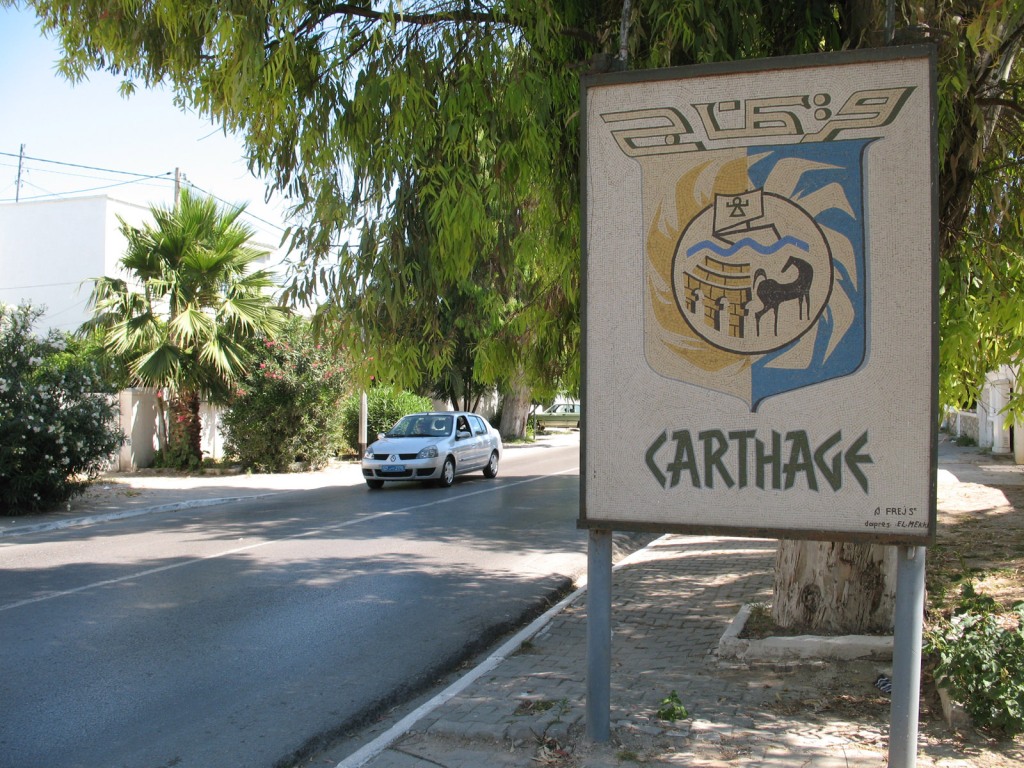
Carthage was very pleasant to wander around in, simply from the point of view of being clean and well laid out. Those Carthaginians sure knew how to lay out a tourist destination. The Arabic at the top of this sign is quite stylised, but is transliterated as Qrtāj.
A view of Byrsa Hill from across the water of what remains of the once mighty Punic ports. The distinctive doughnut-shaped layout of the inner military port is still clearly visible from the air.

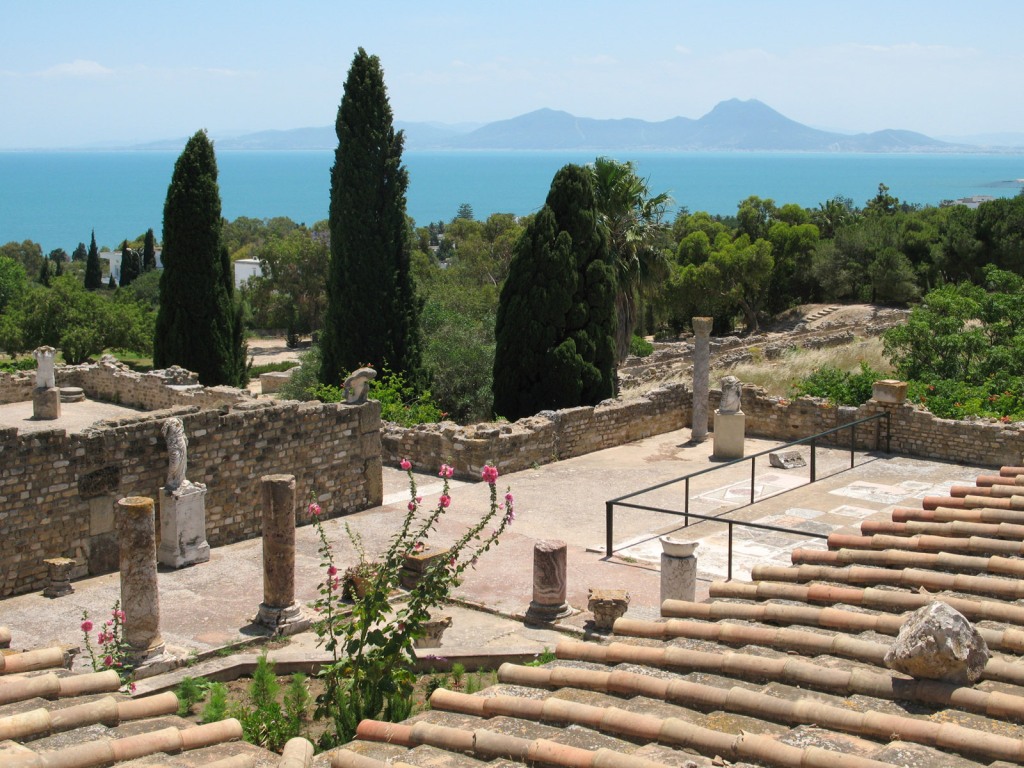
Looking from the top of Byrsa Hill back towards the Punic ports and mountains south of Tunis. In the header image taken from around the same spot, you can see the basins of the ports appearing as small lakes before the sea.
There currently stands a fairly impressive cathedral on the summit of Byrsa Hill, built on top of the ruins of the Roman forum, which was itself built on top of the ruins of the Phoenician city. The cathedral was completed in 1890 but ceased to be a place of worship in 1993, and is now known as the Acropolium.

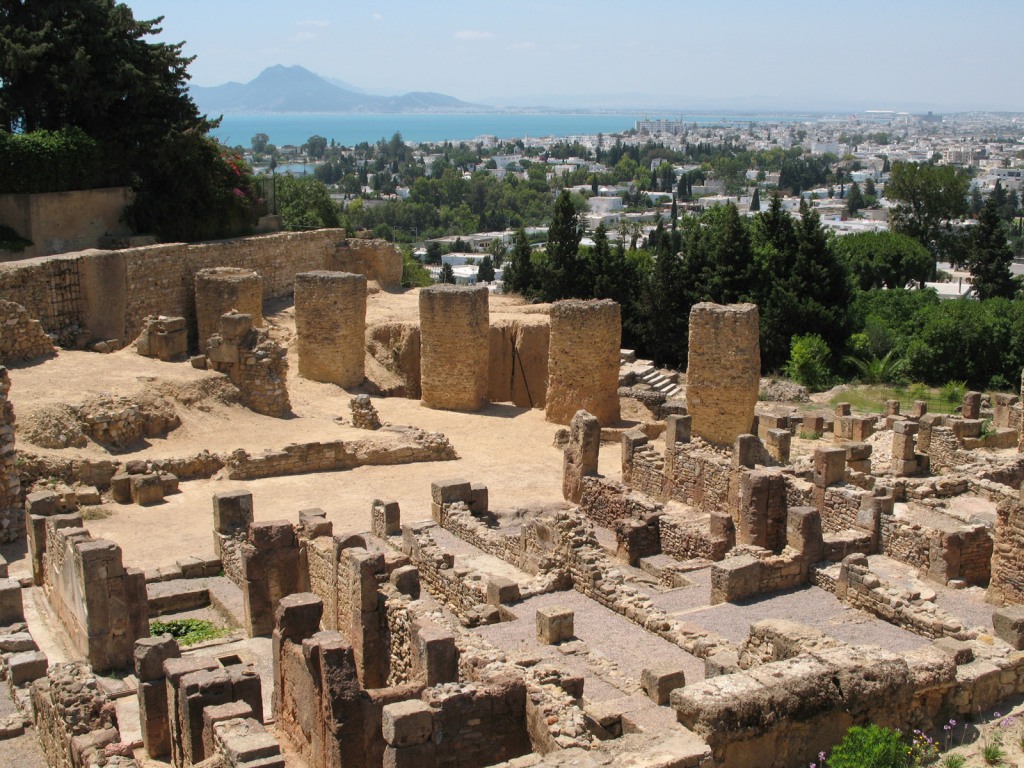
The foundations of the Punic quarter are still quite visible on top of Byrsa hill, including roads and stepping stones.
The amphitheatre has fared about similarly well, being that only the foundations and a few seats remain. There are still a couple of tunnels beneath it which you can wander through. I visited a much more intact Roman amphitheatre at El Jem a few days earlier.
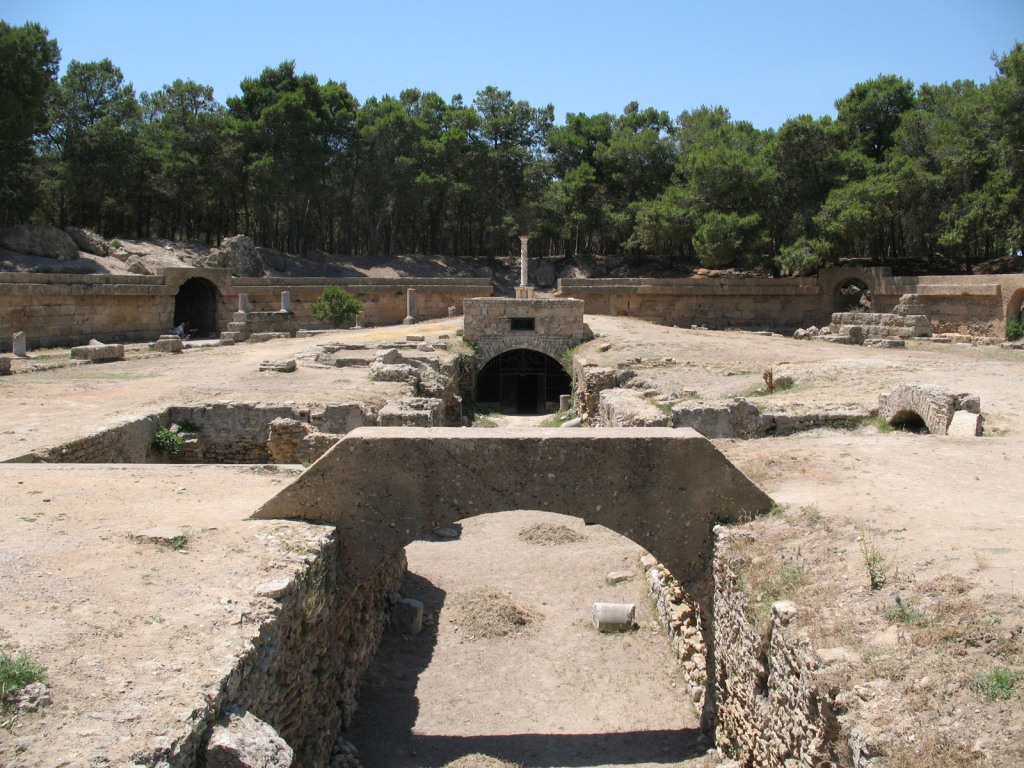
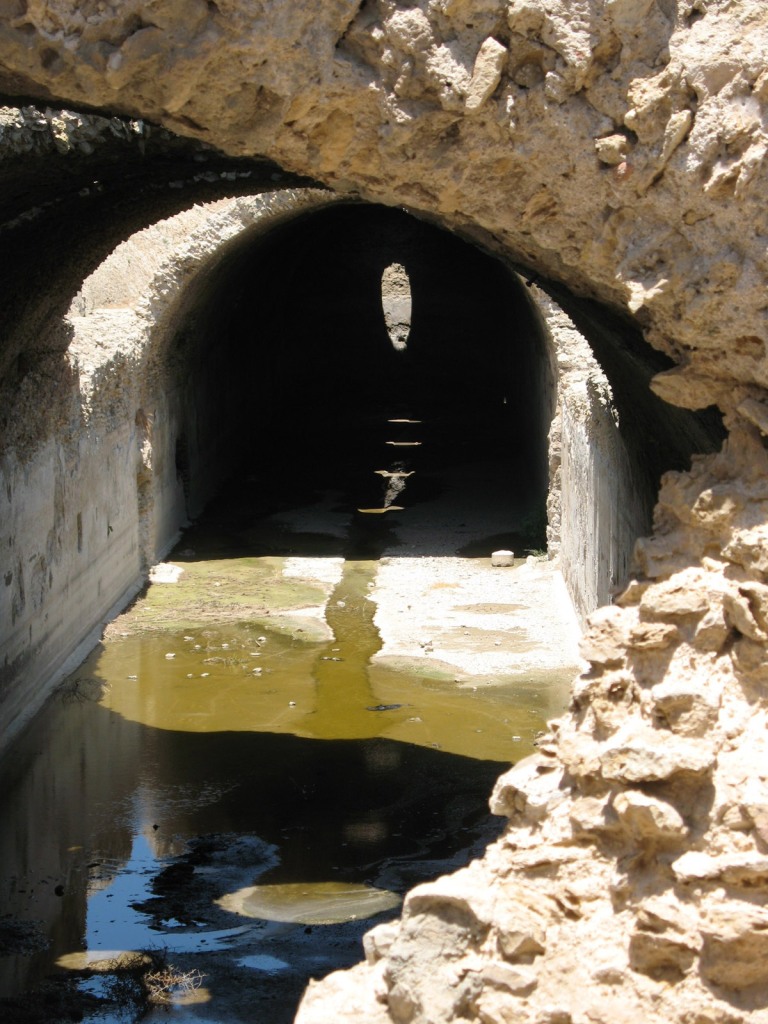
The Romans had quite the mastery over hydraulic architecture, as evidenced at the Cisterns of La Malga, used for water storage and still standing on the outskirts of Carthage. They are each about seven metres deep and one hundred metres long.
The cisterns were fed by the aqueduct of Zaghouan which ran for 132 kilometres, and is in part still relatively intact if not as impressive as its sister in Segovia. Much of the ground level course is still in use today for the water supply of Tunis.
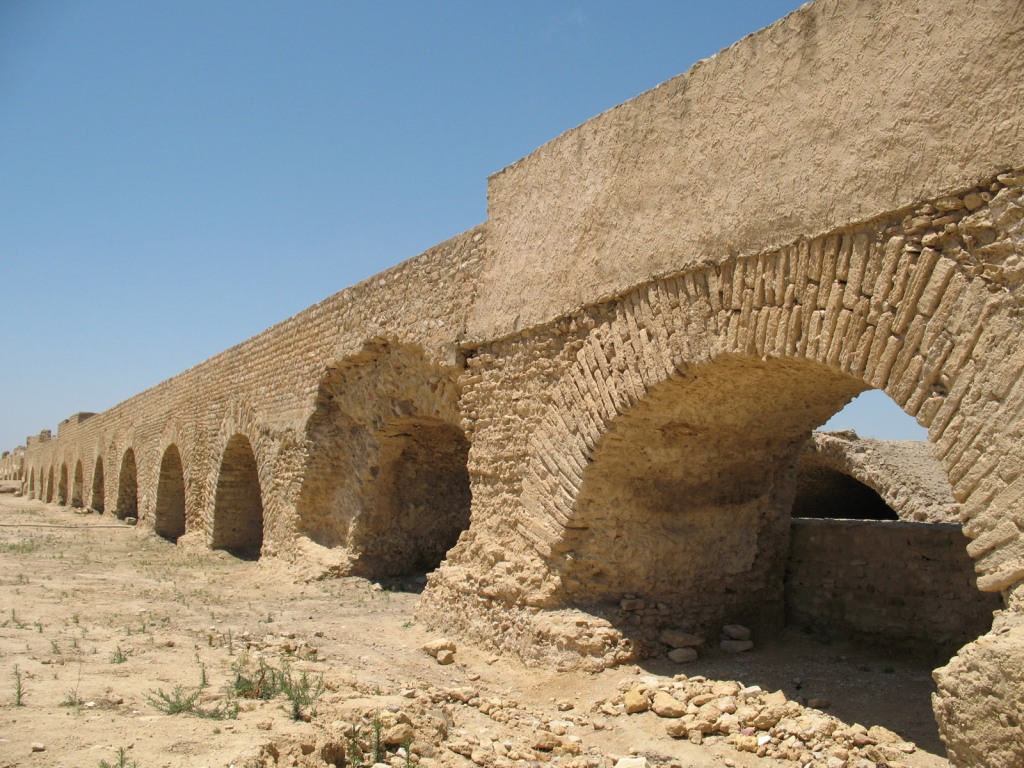
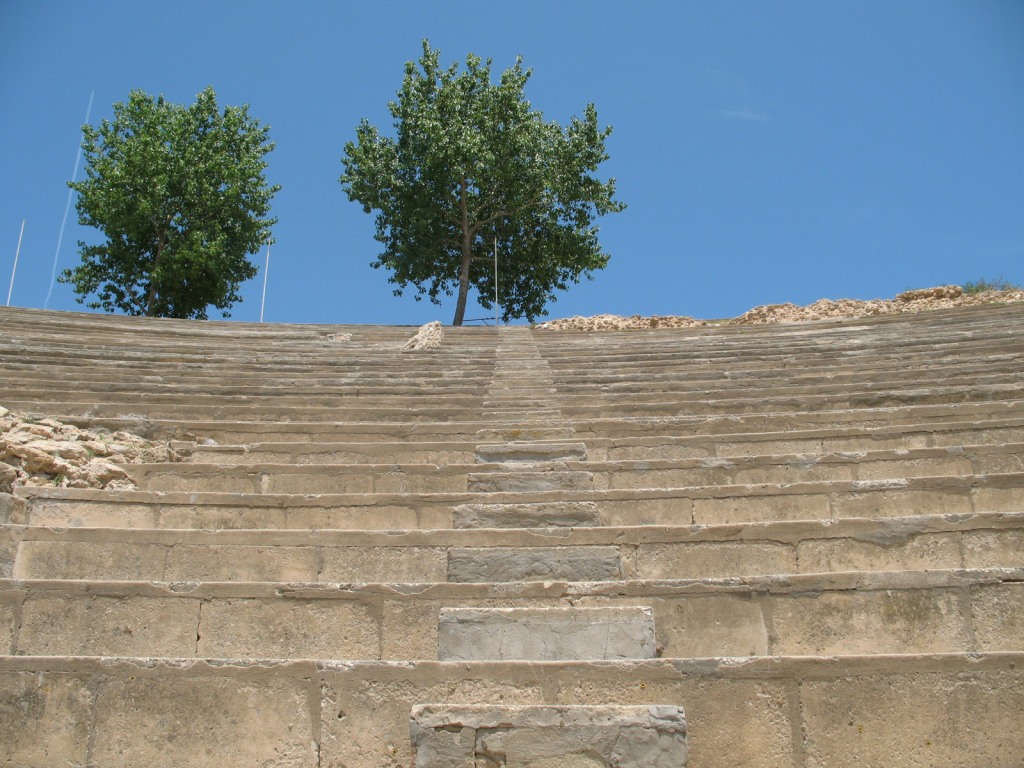
Steeply raked seating of the Carthage Roman theatre, which is still in use today and was being made ready for a performance the day I visited.
The modern staging and light and sound rigs somewhat detract from the historical ambience, but it still must be an excellent place to see a play.
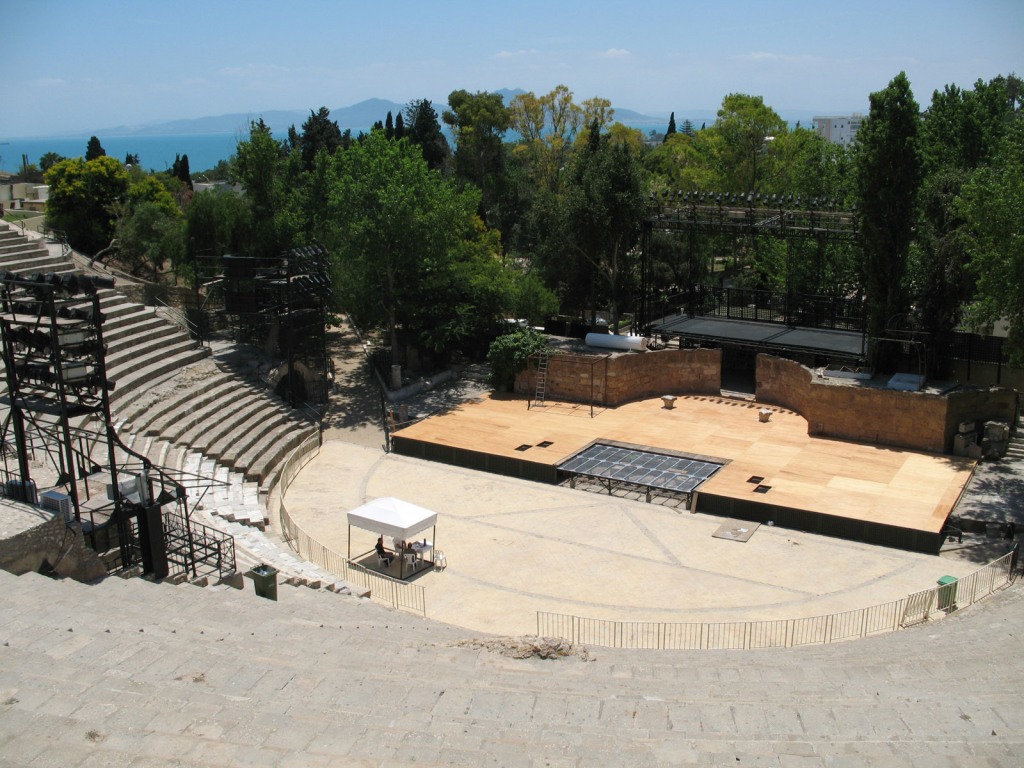
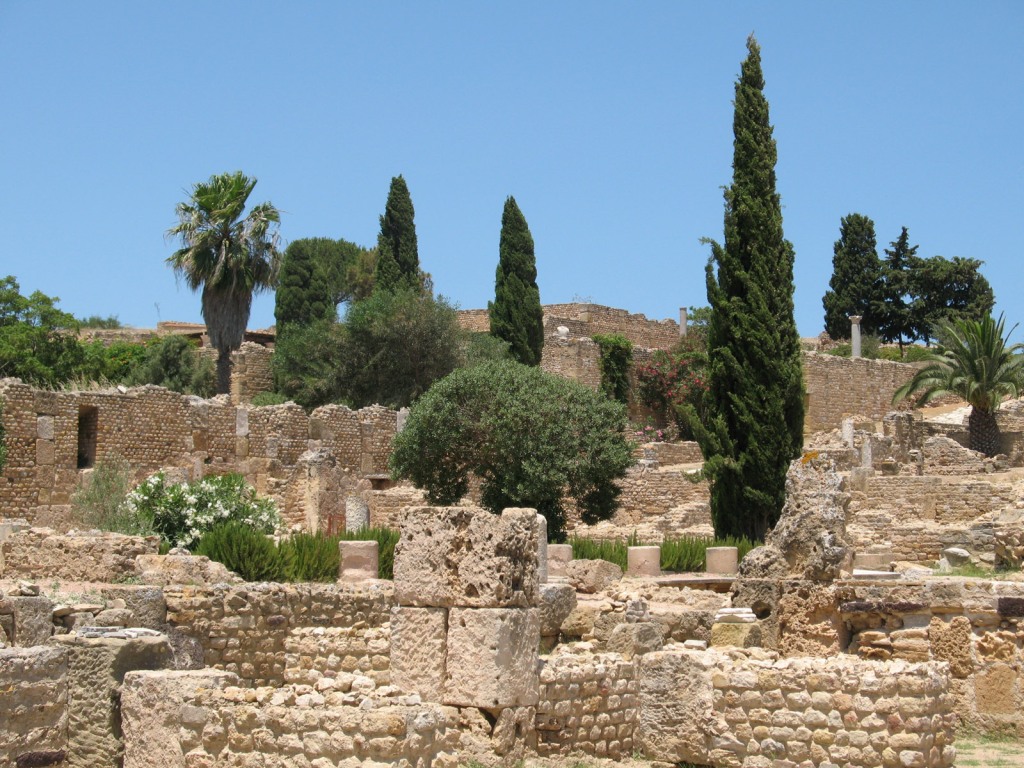
Roman villas high up on Byrsa hill.
Classic headless Roman statue in a colonnaded villa.
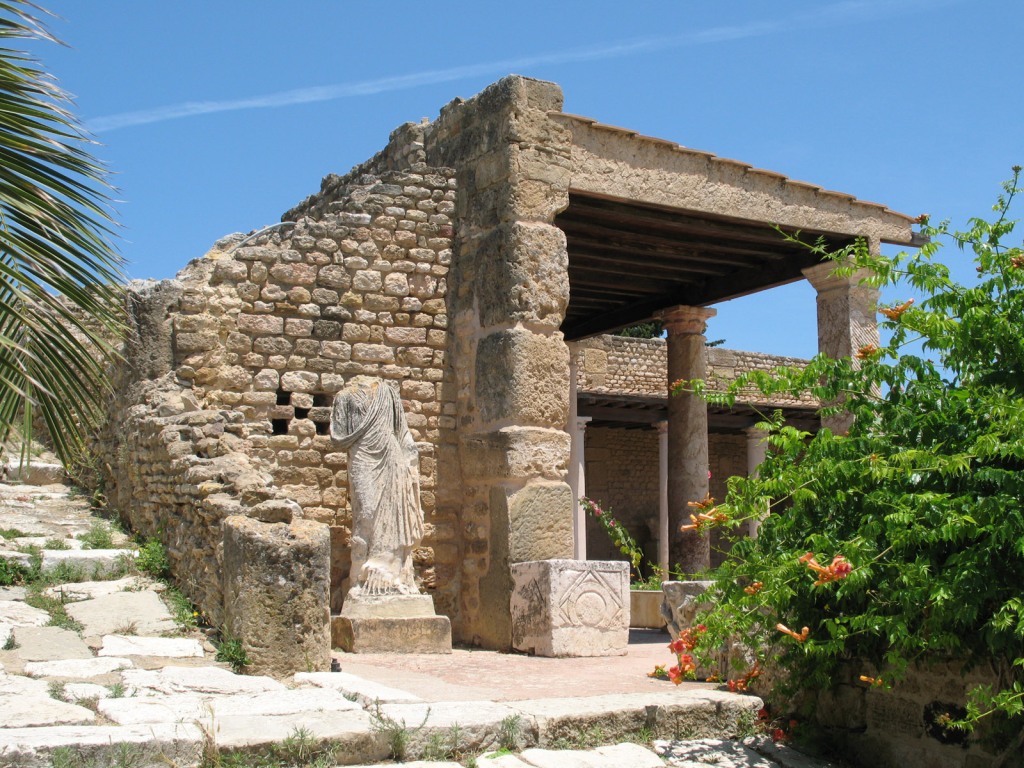

Looking back down to the azure Mediterranean from the villas.
Although largely collapsed, there are still some fairly intact signs of Roman life in the villas, such as this mosaic floor.
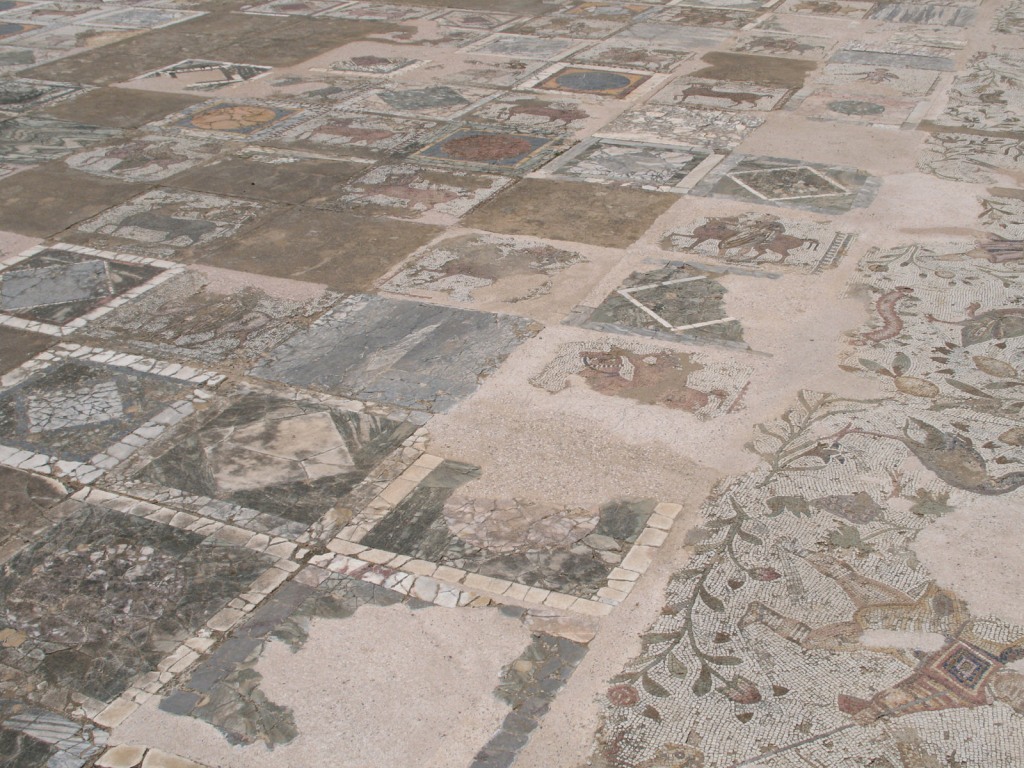

Classic statue and column, with the sea behind.
Back down at the bottom of Byrsa Hill lies the remains of the Antonine baths. The largest Roman baths complex outside of Italy, they don’t look quite so appealing for a dip now as I’m sure they once were.
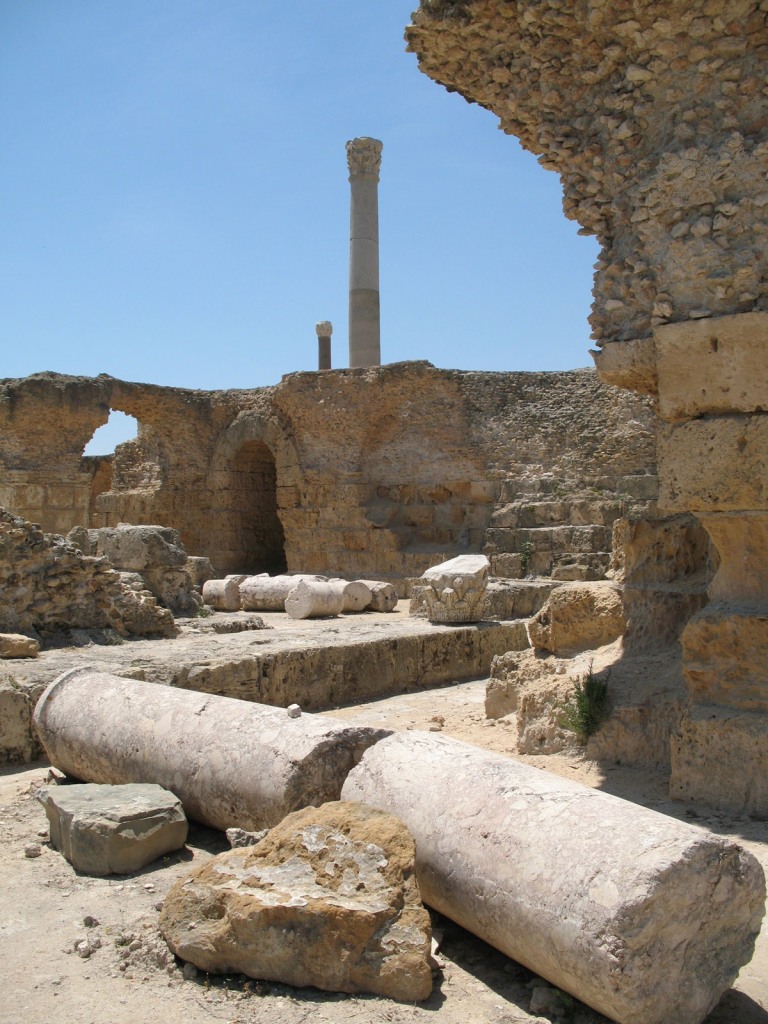

To head back to Tunis city, you catch the train at none other than Carthage Hannibal station. Named after Carthage’s most famous son, Hannibal marched his elephants through the Alps in 218 BC to conquer Rome, and so very nearly did.
Created 2008 | Updated 2023
